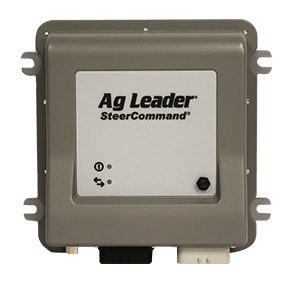The Importance of Proper Downforce Pressure at Planting
During spring planting, there are many things to keep in mind, and often it’s hard to prioritize. I like to tell people to stick to the basics, which includes proper soil conditions, trash control and correct seeding depth – these form the foundation for achieving a successful crop year.
If these conditions are met, a grower is off to a great start in maximizing their yield potential. One of the keys to having success at planting is to maintain proper downforce pressure on each row unit. Some growers still depend on proper adjustment of springs to maintain downforce pressure to achieve the desired depth of their seed. The problem is, those springs aren’t changing based on soil type or field environment. A Hydraulic Down Force system controls and adjusts pressure instantaneously based on field topography and soil conditions, giving you proper planting depth every time, regardless of field conditions.
Reasons to switch to a hydraulic downforce system
- Consistent, proper planting depth no matter the soil type.
- Minimize sidewall compaction when soils are wet – sidewall compaction can cause poor germination and uneven emergence.
- Automatic response time – hydraulic systems react in a couple seconds, unlike airbag systems that can take up to 20 seconds or more to respond.
- Greater control – with row-by-row sensing and control available, apply variable pressure across changing spots in the field or where more compaction is present, like wheel tracks.
- Multiple channels of control – sections of the planter adjust separately to apply optimal downforce where it’s needed.
- “Free energy” uplift springs provide lift for row units with large hopper boxes, or in heavily tilled or sandy soils.
Even if you do not have the technology listed above proper adjustment of the retaining stock springs is still crucial at planting time. One key thing to remember is to adjust your springs from field to field when conditions change.
A fundamental step for any grower is to maintain good downforce management, which is a critical aspect of operating a planter well. The return on investment (ROI) for your planter is not necessarily easy to determine, but in many cases, growers are looking to either minimize the impact of soil variability and compaction or are looking to take the risk and hassle out of the deciding proper downforce on their own. A Hydraulic Down Force system does both. Learn more about Hydraulic Down Force here and here.
















